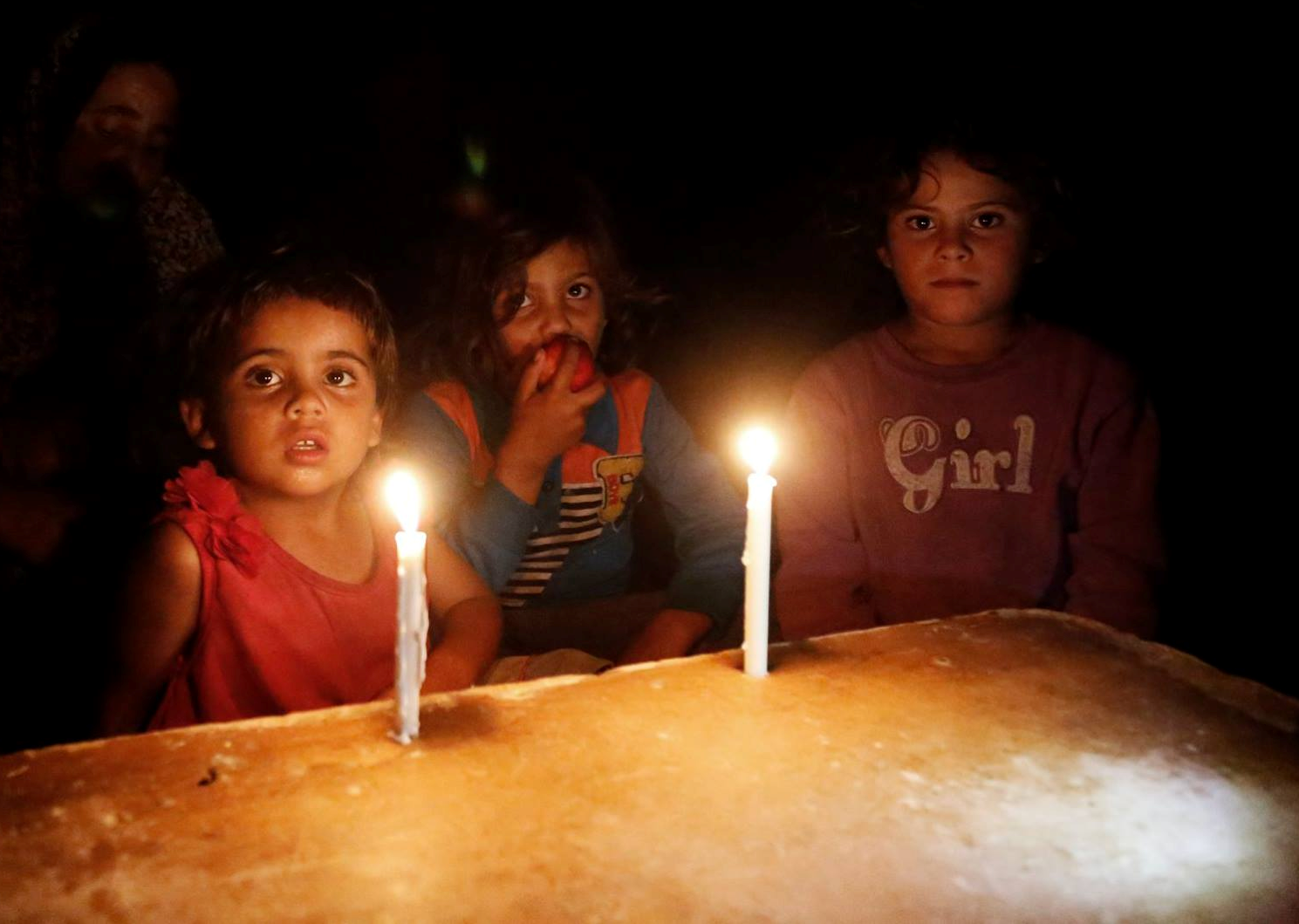After more than six months during which Israel sold and supplied the Gaza Strip with only about 60 percent of the electricity it has the capacity to transfer on the existing power grid – there is finally an end in sight to the fabricated electricity crisis.
On June 11, 2017, Israel’s Security Cabinet decided to reduce the supply of electricity sold to the Gaza Strip in response to a request from the Palestinian Authority, as part of the latter’s conflict with Hamas over control of the Strip.
The implementation of the reduction began on June 19. Ever since then, Gaza’s hospitals, schools, factories, and households have had to contend with only between four and six hours of electricity, and often even less, followed by 12-16-hour outages. As a result, entire hospital wards have been forced to shut down, more than 100 million liters of untreated sewage has been pumped into the sea daily, and severe disruptions have been caused to business and economic activity, as well as family life.
According to various estimates, the total demand for electricity in Gaza ranges between 400 and 500 megawatts (MW). Before the current crisis, which was created in June 2017, the 208 MW available to residents of Gaza allowed for electricity supplied in eight-hour cycles, translating to about 12 hours of intermittent power supply per day. In other words, even under “ordinary” conditions, for years the amount of electricity available to Gaza residents has only met about half of actual demand. Gaza’s sole power station relies on fuel purchased from either Israel or Egypt. The operation of power supply lines from Egypt has been sporadic due to unstable security conditions in the region.
We recall too that even if the request to reduce the power supply to Gaza came from the Palestinian Authority, the hand on the switch is Israel. Israel is complicit in the deliberate downgrading of living conditions in the Strip – a political measure imposed on Gaza’s residents as a type of collective punishment. Given 50 years of occupation, and more than 10 years of closure, Israel is largely responsible for the dire humanitarian conditions in Gaza, both morally and legally. Israel also undertook before the Supreme Court to supply electricity to Gaza to an extent that would prevent a humanitarian crisis.
In June 2017, Gisha – the Legal Center for the Freedom of Movement — sent Freedom of Information requests to the Israel Electric Corporation, the Coordinator of Government Activities in the Territories, the Minister of Defense, and the Prime Minister’s Office, demanding information about the process that led to the decision to reduce the electricity supply. So far, only the Electric Corporation responded, forcing Gisha to take legal action in order to attempt to compel responses from state officials.
Back in July, a coalition of 16 organizations, led by Gisha, demanded the attorney general instruct the government to rescind its decision to reduce the amount of electricity sold to the Gaza Strip. These groups stressed that Israel was not merely a service provider, responding neutrally to a client’s request. Given its extensive control over life in the Strip, under international law Israel is responsible for enabling normal life for its residents. It is also obligated to find solutions that will allow for the continued supply of electricity at existing capacity, and to take active steps toward increasing supply to allow residents access to acceptable living conditions. Even if the flawed decision to supply less than maximum capacity is reversed, Israel must work to increase supply in cooperation with all responsible parties to resolve Gaza’s continued electricity crisis without delay.



